Author Bios
Contents
Author Bios¶
Important
Missing Author Bios:
Clare Bond
De la Varga Hormazabal, Miguel - Pinged ✅
Dinneen, Chris - Invited ✅
Ennen, Chris
Fomel, Sergey
Hale, Dave
Kondrat, Darren - only need image
Levy, Bruno
McNaughton, Neil
Ool, Didi
Pethick, Andrew
Pyrcz, Michael J - Invited ✅
Rogers, Steve
Rusic, Alberto
Sabirin, Hassan
Sasvari, Ágoston - only image needed
Martin Bentley¶
Martin is South African, with undergraduate education in geology and computer science from Rhodes University, in Makhanda. Recently submitted a MSc in Geology (although it is really geophysics) at Nelson Mandela University in Port Elizabeth. Spent some time in between working for a geotechnical consulting firm. Likes maps, data, computers, and mashing all of those together. Has a blog at https://blog.martinb.za.net but does not use it much.
Austin Bingham¶
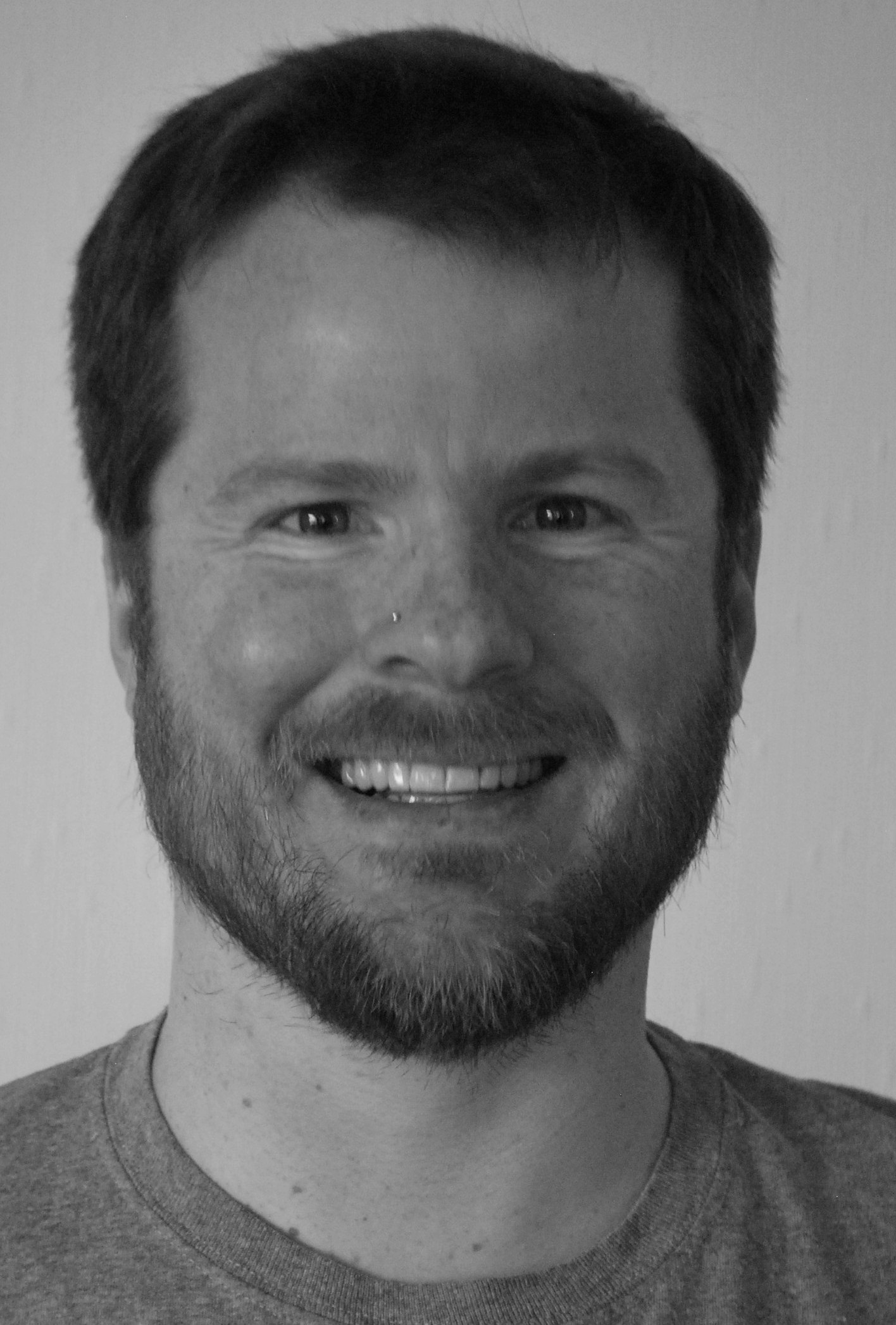
Austin is a founding director of Sixty North, a software consulting, training, and application development company. A native of Texas, in 2008 Austin moved to Stavanger, Norway where he helped develop industry-leading oil reservoir modeling software in C++ and Python. Prior to that he worked at National Instruments developing LabVIEW, at Applied Research Labs (Univ. of Texas at Austin) developing sonar systems for the U.S. Navy, and at a number of telecommunications companies. He is an experienced presenter, teacher, and author, and he is an active member of the open source community. Austin is the founder of Stavanger Software Developers, one of the largest and most active social software groups in the Stavanger region. Austin holds a Master of Science in Computer Engineering from the University of Texas at Austin.
George Bisbas¶
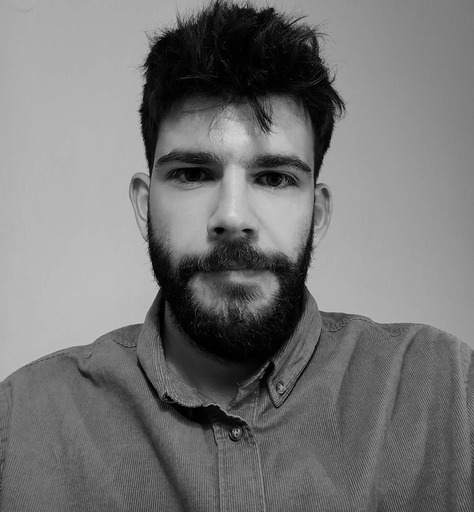
George is a PhD student at the Software Performance Optimisation (SPO) group at Imperial College London. His research interests lie in the area of High-Performance Computing. Specifically in shared- and distributed-memory parallelism and cache-level optimisations for stencil computations. My work is focused on accelerating real-world wave-propagation kernels through automating optimisations for HPC code. Almost all of my work is carried out in Devito Project.
George holds an MSc in Advanced Computer and Communication Systems, specialising in Intelligent Systems/Methods of Computational Intelligence and Applications and a Diploma in Electrical and Computer Engineering, both from the Aristotle University of Thessaloniki. He has also worked as a researcher for the Faculty of Engineering, Aristotle University of Thessaloniki DigiPro project.
Clare Bond¶
Bert Bril¶
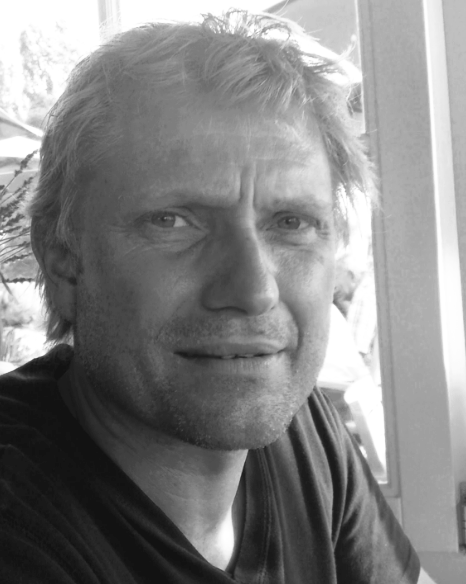
Bert Bril is a geophysicist by training, but a software developer by heart. He uses most languages with a capital ‘C’ in it, but he isn’t afraid of many other languages. He is co-founder of dGB Earth Sciences, where he was one of the initiators of OpendTect. In the OpendTect team he is mainly involved in getting basic architecture and design in shape, but still does a lot of coding each day. He likes to work truly agile, and believes that methodologies like scrum are usually not helping to get that right. Against his will he is also being deployed as the specialist in the SEG-Y format - this mainly because no one else in the OpendTect team wants to get near the subject. As a survivor of lots of surgery on his heart valves he doesn’t care about a lot of things that most people do. One of his long-term goals is to get better at staying away from rants and flames.
Brian Burnham¶
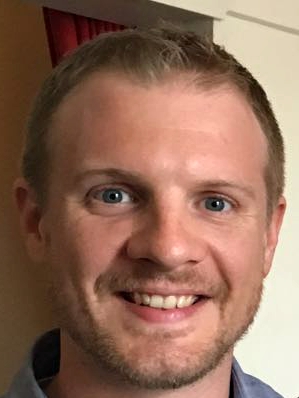
Brian received a Bachelor’s degree in Geosciences and Arts & Technology from the University of Texas at Dallas where he worked with both geologists and digital artists to develop methods to visualise and quantitatively analyse 3D outcrop models. He continued with 3D outcrop work to finish a Master’s degree before travelling “across the pond” to pursue a PhD at the University of Manchester. Throughout his research career Brian has specialised in geometric and architectural characterisation and quantitative analysis of 3D outcrop models. He currently works at the University of Aberdeen as a Research Fellow where he develops methods to quantitatively characterise and model subseismic-scale features from 3D outcrop analogues.
Guillaume Caumon¶
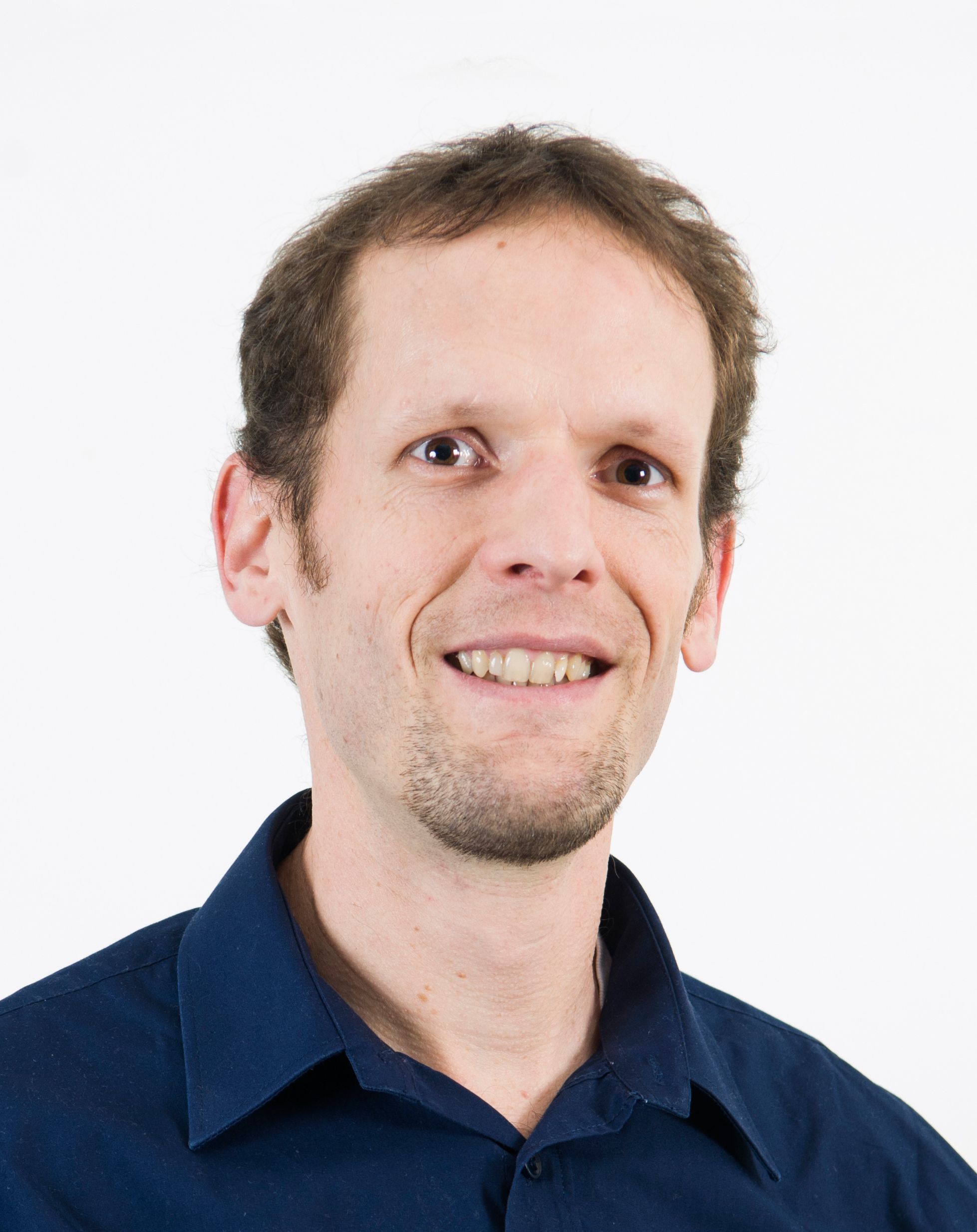
Guillaume obtained a geological engineering degree at the Nancy School of Geology (ENSG), France in 1999, then did a PhD on local geomodel editing and visualization in the Gocad Research Group led by Prof. Mallet, in collaboration with Chevron. In 2003-2004, he spent a year at Stanford University where he taught a geomodeling class and reseached on spatial bootstrap for uncertainty assessment with Prof. Andre Journel. He went back to Nancy in 2004, where he has been directing the RING research Consortium on integrative numerical geology since 2007. His main scientific interests concern the mathematical formalization of geological concepts and their integration in subsurface modeling methods to improve how we assess and reduce subsurface uncertainty. He (occasionally) tweets as @guicaumon.
Rowan Cockett¶
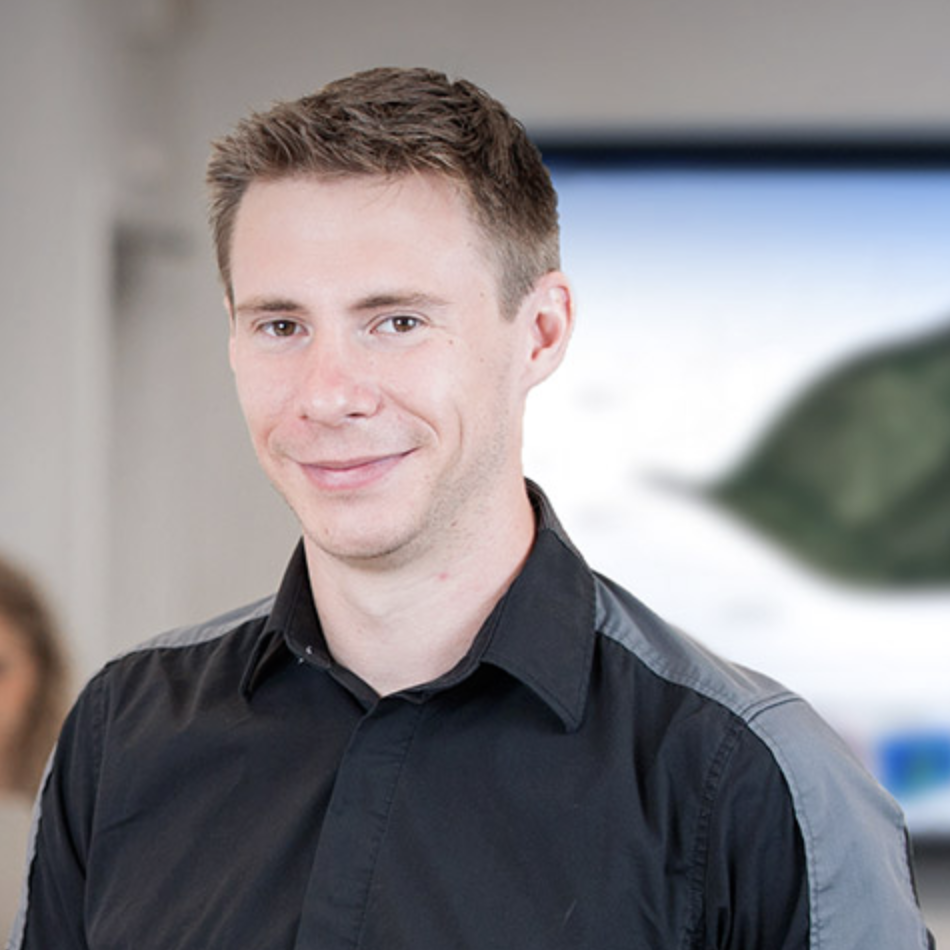
Rowan is interested in the intersection of education, entrepreneurship, and academia, and seeing what happens when you make powerful scientific modeling, visualization and collaboration tools accessible through the web. Rowan completed his PhD at UBC in computational geophysics, helping to create open-source communities around geophysical software. He founded Visible Geology and 3point Science (sold to Seequent in 2016), which focused on online geoscience visualization and collaboration. He writes at row1.ca and occasionally is on Twitter as @rowancockett.
Chris Dinneen¶
Chris is an Australian dual career subsurface professional. His career started as a seismic processing geophysicist at DownUnder GeoSolutions, Fugro and CGG. Thereafter he became a subsurface data manager contracting at a Chevron Australia where he was involved in seismic, well data, reservoir and production datasets. He holds degrees in Physics (2007, Curtin) and Petroleum Engineering (2015, UWA).
Jesper Dramsch¶
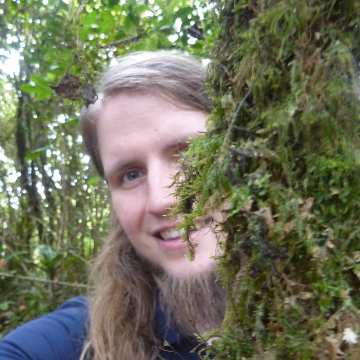
Jesper Dramsch works at the intersection of machine learning and physical data. Currently working as a machine learning engineer on applied exploratory problems, e.g. satellites and Lidar imaging on trains, they have just defended a PhD in machine learning for geoscience. During the PhD, Jesper wrote multiple publications and often presented at workshops and conferences. Additionally, they create notebooks on Kaggle, reaching rank 81 worldwide. Moreover, they worked as consultant machine learning and Python educator in places such as Shell and the UK government.
Dewey Dunnington¶

Dewey is an geoscientist and programmer based in Halifax, Nova Scotia. Dewey’s environmental research investigates the mechanisms that control toxic metal concentrations in lakes, while his programming has led him to develop mobile applications, web apps, and R packages. He is a former RStudio intern and one of the many authors of ggplot2. Dewey is currently pursuing his Ph.D. in the Centre for Water Resources Studies at Dalhousie University, blogging at fishandwhistle.net, and tweeting as @paleolimbot.
GRAM¶

GRAM’s built some stuff, run some companies, and earned some degrees. If you’re interested, talk to his agent or check this out: https://gra.m-gan.sl
Justin Gosses¶
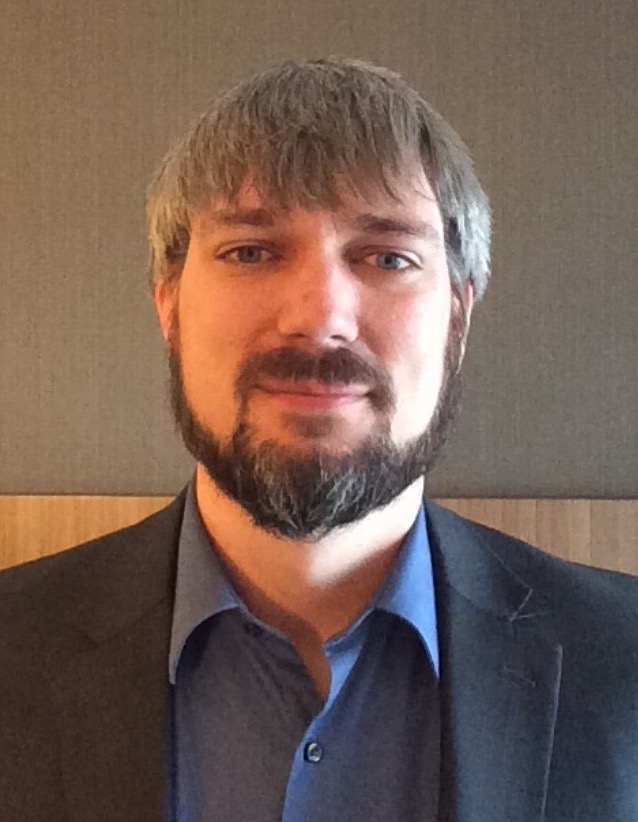
Justin is a data scientist and technical program manager. As a S.A.I.C. contractor for NASA, he supports the Office of the Chief Information Officer’s Data Analytics team infusing modern data analytics into the non-science and non-engineering parts of NASA though consulting and prototypes. He also supports NASA’s open-innovation program focused on code sharing internally and externally. Before NASA, Justin spent ten years as an oil and gas geologist where he learned how to code after maxing out the memory on Excel too many times. Justin keeps one toe in geology via side projects, which you can checkout at https://github.com/JustinGOSSES.
Matt Hall¶
Matt is the founder of Agile Geoscience. A sedimentologist who found geophysics later in his career, Matt worked at Statoil in Stavanger, Norway, then Landmark and ConocoPhillips in Calgary, Alberta, and is now running Agile from its world headquarters in Mahone Bay, Nova Scotia. He is passionate about communicating science and technology, and especially about putting specialist skills and knowledge into the hands of anyone who needs them. Matt read geology at the University of Durham, and has a PhD from the University of Manchester. He blogs at agilescientific.com, podcasts at undersampledrad.io, and tweets as @kwinkunks.
Miguel De la Varga Hormazabal¶
John Howell¶

Originally from Wales, John did a degree at the University of Cardiff, followed by a PhD at the University of Birmingham. He then worked at Liverpool University as a researcher and junior faculty member before moving to Norway to work in the Department of Earth Sciences and UniCIPR where he founded the Virtual Outcrop Geology Group. He was also a founder of Rocksource, an independent Norwegian E&P Company, where he served on the senior management for 7 years. He is currently a Professor at the University of Aberdeen where his research focuses on improved use of analogues for understanding reservoirs. In the past 25 years he has worked on outcrops from all over the World with special focus on the western USA. He currently runs the SAFARI project, a collaboration between University of Aberdeen and NORCE Research in Bergen supported by 14 companies. Over the past 15 years he has pioneered the use of Virtual Outcrops, collected using lidar and more recently UAVs (drones), in the geosciences.
Darren Kondrat¶
Darren is a senior consulting geophysicist and has been finding oil and gas in Canada for 30 years. He is President of Rockyview GeoServices and is working with some great E&P companies. He started playing with Python to create essential tools for his consulting services, with a focus on quantitative interpretation. Darren graduated from the University of Calgary with a BSc in Geophysics and obtained an MBA from Athabasca University. He is Professional Geophysicist registered with APEGA.
Eirik Larsen¶
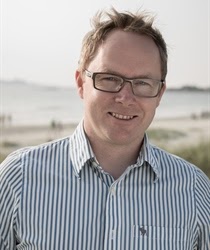
Eirik is a cofounder and director of Earth Science Analytics AS, an AI/geoscience company that provides software and services for integration of Machine Learning in petroleum geoscience workflows, and in E&P decision making processes. He has held various technical and managerial roles in oil companies and consultancy firms in Norway. After completing his Ph.D. in sedimentary geology at the University of Bergen in 2003, he has spent most of his time exploring the Norwegian Continental Shelf, with some stints into field development, and production as well as international exploration in the UK, US, West Africa, and India.
Rob Leckenby¶
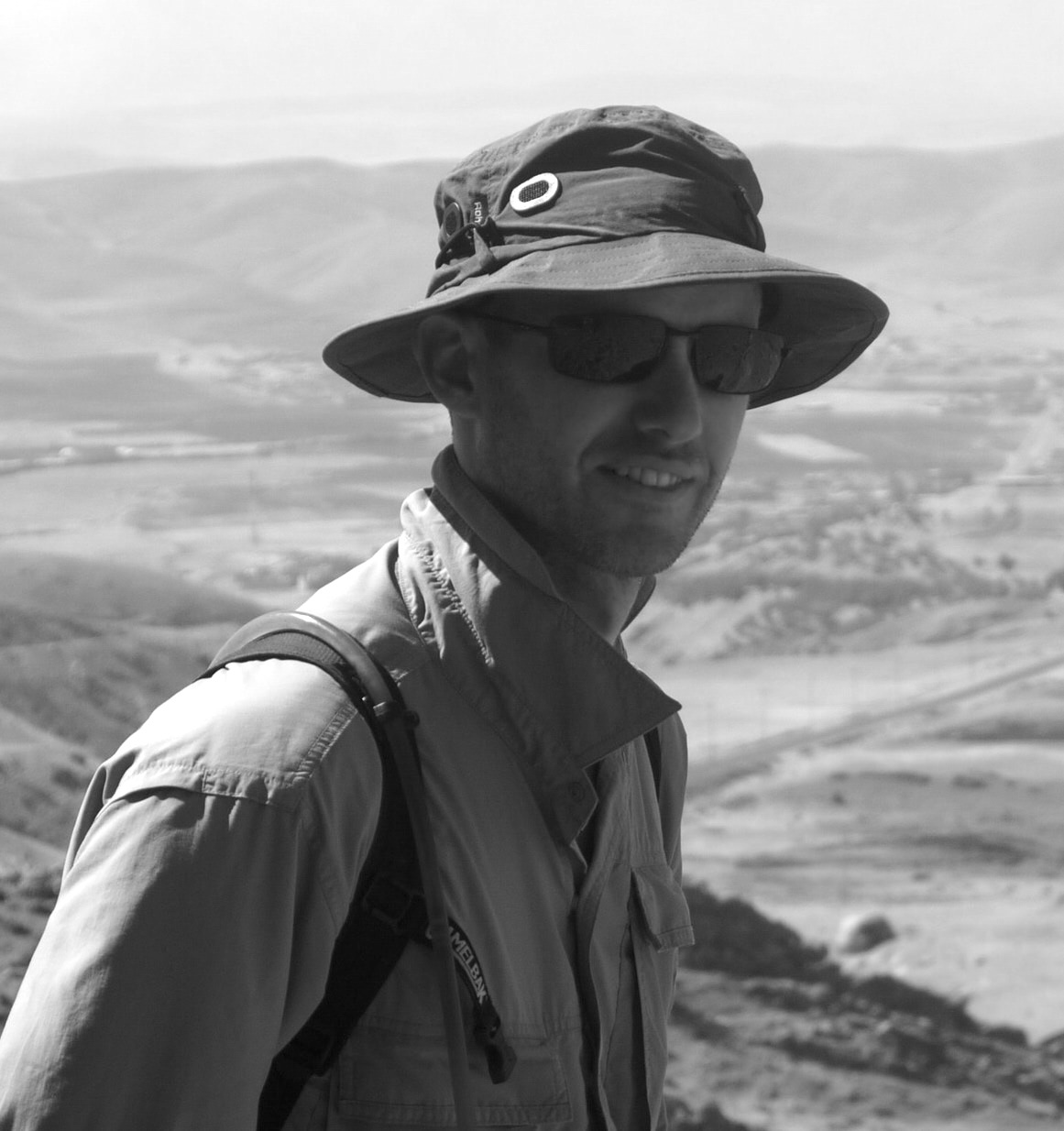
Rob is a geologist who’s passion for fractures and fluid-flow led him to geocomputing during his PhD, but it’s only thanks to the layoffs of 2016 that he decided to learn how to write his own code rather than to rely on others. He stepped into oil and gas in the North Sea with ExxonMobil; became a geomodeller and operations geologist in the Niger Delta with Addax Petroleum; and worked West Africa and the fractured carbonates of the Middle East, doing extensive field work in Iraqi Kurdistan, with Oryx Petroleum. He read Geological Sciences at the University of Leeds and the ETH in Zürich, and has a PhD from Imperial College, London. He now codes for Agile Geoscience and the community using mostly Python and is online at agilescientific.com.
John Leeman¶
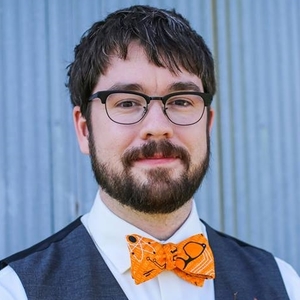
John is a geoscientific consultant, designing and producing custom hardware and software. He received a B.S. in meteorology, a B.S. in geophysics, and a minor in mathematics from the University of Oklahoma in 2012 and a PhD in geoscience from Penn State in 2017. John has worked in a variety of fields from gas hydrates to aerospace to earthquake physics, but the common thread has always been developing novel hardware and software to tackle a problem. He believes that by adopting a set of best practices and applying as much rigor to our instruments as we do to our science, we can push the boundaries of research further, faster.
Neil McNaughton¶
.jpg)
Neil is the publisher and editor of Oil IT Journal. A geophysicist by training he worked for Total, Triton Energy and Beicip-Franlab before starting The Data Room consultancy. He hacks a bit (PHP rather than Python) and writes a lot for Oil IT and also an occasional blog on http://oldsports.com. Contact on info@oilit.com.
Bill Meneger¶
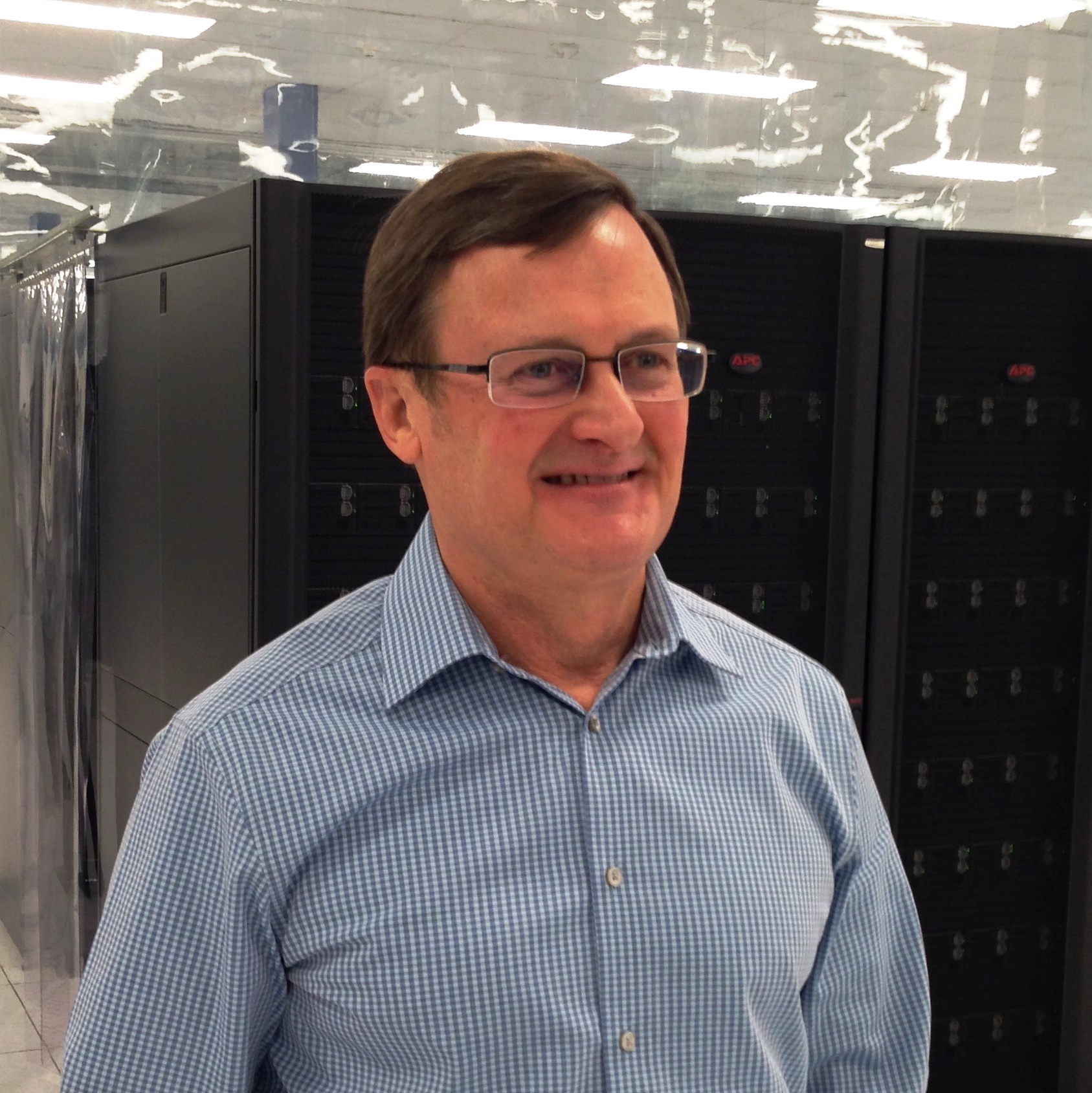
Bill holds BS degrees in Electrical Engineering and Geophysics from Texas A&M University (1977). He was a nuclear engineer on US Navy Submarines for five years. Bill then joined Conoco R&D working in magnetotellurics, multi-component seismic, and development of a seismic processing system for the Cray X-MP. He moved to Houston with Conoco’s Advance Exploration group, building a worldwide database of all its oil and gas data using a distributed database. After a stint in Lafayette as data management supervisor, he left Conoco to join Applied Geophysical Software, where he wrote geophysical software for multiple suppression, model-building, tomography, and depth migration. Bill rejoined Conoco in 1998 and assisted with the rewrite of Conoco’s seismic processing system. From the ConocoPhillips merger in 2002 until March 2009 he supervised a geophysical software and HPC group. At ConocoPhillips, Bill was instrumental in obtaining open source licensing for CPS (the processing system) http://sourceforge.net/projects/cpseis and GeoCraft, a framework for general purpose geophysical software. Bill is co-founder, former board member, and past President of the Society of HPC Professionals. After Conoco, Bill worked at Fusion Technology, Global Geophysical, and ION/GXT. At the latter he was director of HPC, managing a team of thirteen and a budget of $20MM. Bill left ION to form Houston HPC Services, and retired after three years of consulting. Bill and his wife Patty are A2 square dancers, parents of three boys, and have seven grandchildren.
Tyler Newton¶
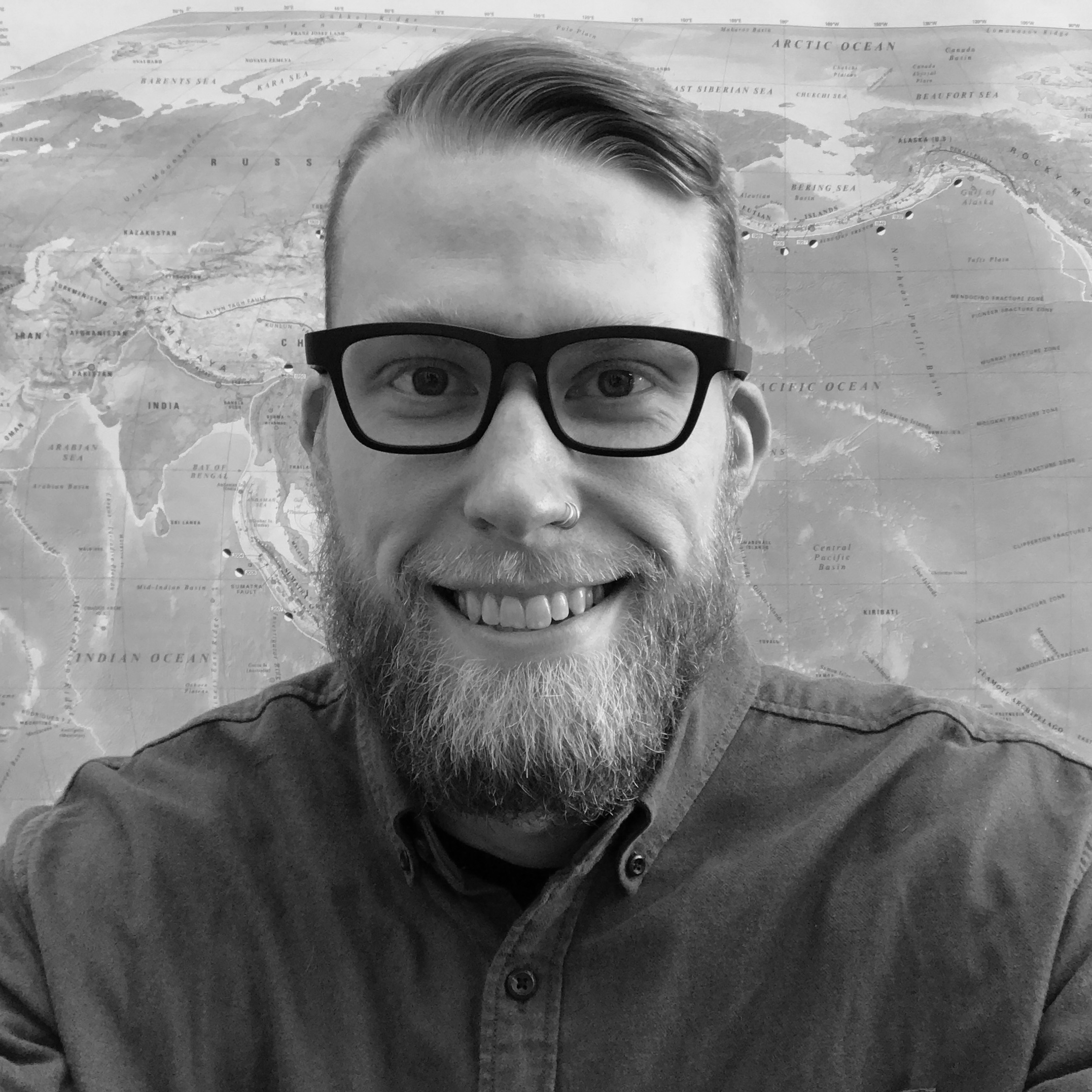
Tyler Newton is a PhD Candidate at University of Oregon researching the mechanics and morphology of faults using nodal seismometers and computers. His exposure to programming languages began unconventionally while working as a machinist, programming metalworking machines in G-code. He later worked on astrophysics projects in IDL while earning a BSc from University of Maryland, subsequently shifting to data analysis in MATLAB while working as a consultant at ERM, and most recently migrating to Python for its flexibility during his PhD. Tyler can be found on LinkedIn and Twitter.
Matteo Niccoli¶

Matteo was created a geologist at the University of Rome, Italy, but then went rogue after a successful gravity and magnetics campaign in the Southern Tuscany mining district and decided to become a Geophysicist. As part of the self-reprogramming he started (and completed) a Master’s degree at the University of Calgary and has now been working for 14 years in the E&P business, mostly in Calgary, Alberta, but with a stint in Stavanger, Norway. He is a registered Geophysicist with APEGA, the Association of Professional Engineers and Geoscientists of Alberta, and is currently happily employed by Birchcliff Energy. He is an independent entrepreneur with MyCarta and a Geoscience blogger / researcher. He loves Python and tinkering with stuff that does not work, but should. He is @my_carta on Twitter.
Jan Niederau¶
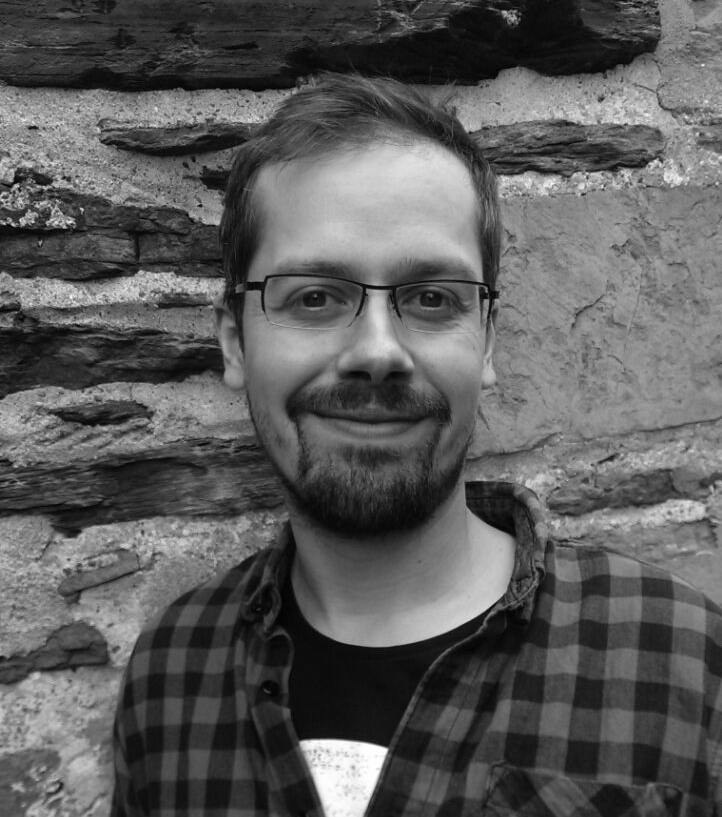
Jan is a PhD Student at the Institute for Applied Geophysics and Geothermal Institute at the RWTH-Aachen University, Germany. His research topic focuses on geothermal reservoir simulation, and how to assess (and quantify) uncertainties of those exploration models. During his work as a Phd Student, he self-taught how to code, and learned multiple languages (to different degree of proficiency). His weapon of choice is Python, but Fortran, R, and Julia are also not alien to him. Next to his research, teaching is Jan’s passion during his days at the University. He’s taught many courses on geothermics, geophysics, and to some extent petrology. During his teaching sessions, he was often confronted with geo-students, who saw Matlab, or an IDE, for the first time. So he started teaching geo-students to code.
Jesse Pisel¶
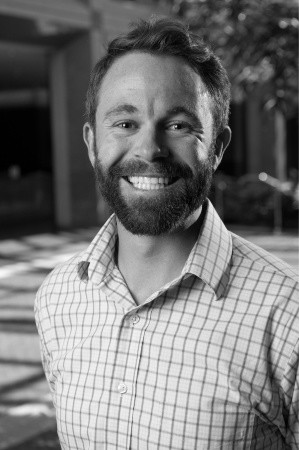
Jesse Pisel works at the Wyoming State Geological Survey as an oil and gas geologist. His primary focus is stratigraphy, data analytics, and the oil and gas geology of southwest Wyoming. He holds a bachelor’s degree from Western State Colorado University and a Ph.D. from the Colorado School of Mines, both in geology. Prior to joining the WSGS he worked as a rig site geologist in Idaho. Before that, he was a research assistant at the Chevron Center of Research Excellence at the Colorado School of Mines for three years. Additionally, he completed internships with oil and gas companies WPX Energy in Denver, Chevron in Houston, Texas, and BP Alaska in Anchorage
Michael J Pyrcz¶
Steve Purves¶

Steve studied Electrical and Electronic Engineering at the University of Newcastle upon Tyne in the UK, and after attempting a PhD he left that lonely life to joins a software company building software for geoscientists. That was the start of a 13 year stint of working with seismic and and geophysical data, building tools to analyse and visualise those and eventually leading that part of that company (now known as Geoteric). Developing software for scientists and scientific applications is something special. So after that Steve went remote, working as a contract developer and project leader for clients in Europe, USA, Canada & Vanuatu! always focussing on scientific, engineering or otherwise challenging applications. Today Steve is building Curvenote with Rowan as a platform for future scientific writing.
Alan Richardson¶
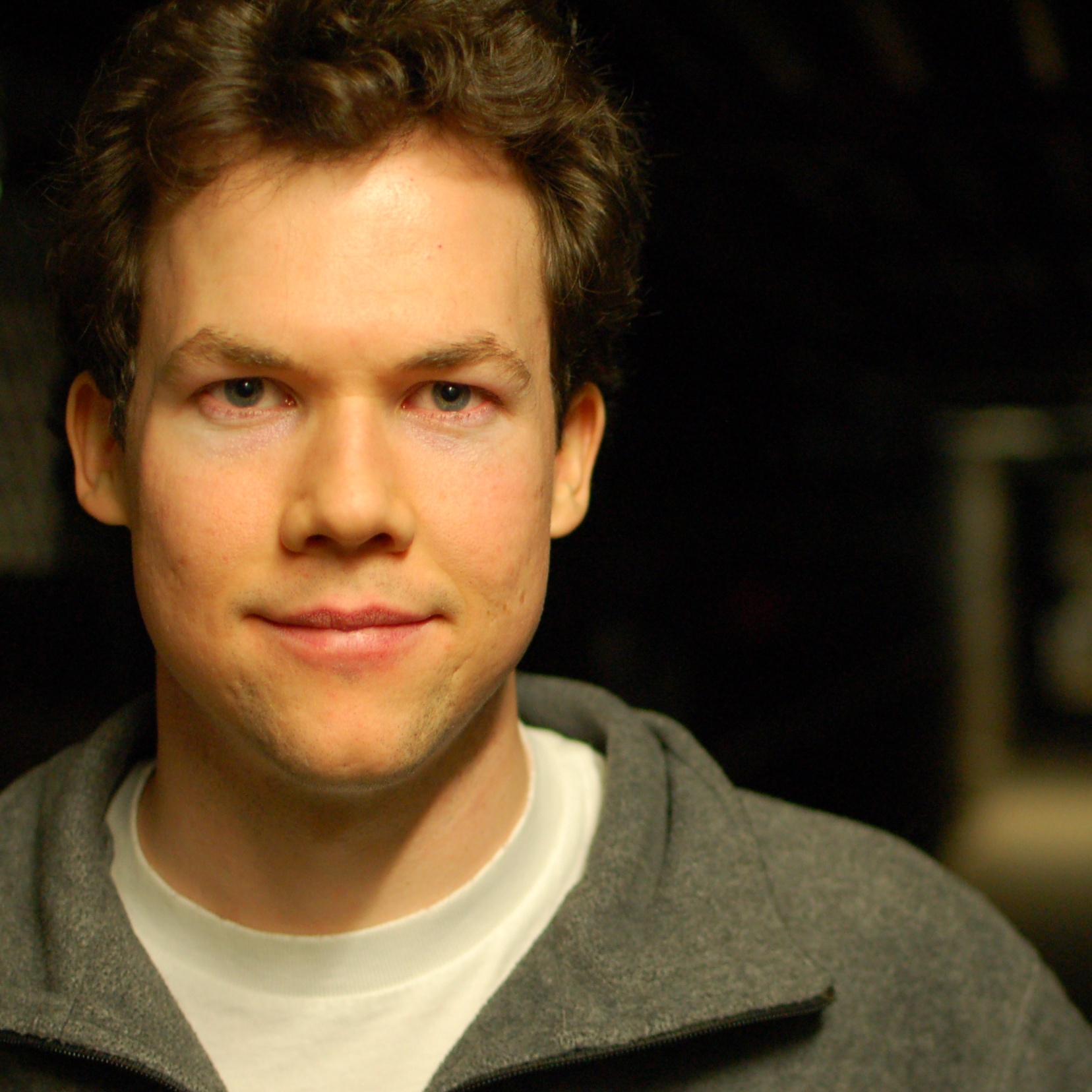
Alan studied Theoretical Physics at Trinity College Dublin, before obtaining a Master’s in High Performance Computing from the University of Edinburgh, and a PhD in Geophysics from MIT. He is the founder of Ausar Geophysical.
Evan Saltman¶

Evan is an engineer and programmer based in Calgary. He currently works at the Alberta Energy Regulator. Evan blogs at epsalt.ca and tweets as @epsalt.
Ágoston Sasvari¶
Since Ágoston gained a PhD in Structural Geology, he is working in and for the oil industry either as consultant or as staff member of medium size operators. After trying Turbo Pascal and C++, he got ‘infected’ with Python and since that, he is developing his own tools for (not only the) oil industry - from fault seal analysis and borehole break-out inversion tools to large scale digital projects. Digital footprints at SG2PS and Kadath.
James Selvage¶
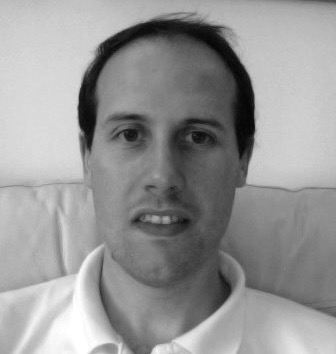
James is a co-founder of Osokey where we are developing cloud based solutions for geosciences, with a focus on better data access and better collaboration. Before this he was a geophysicist at an oil & gas operator, before that he was studying geophysics and before that he was studying physics & geology. A consistent theme has been programming computers: to learn, to solve problems, to try to make things easier for other people.
Drew Steen¶
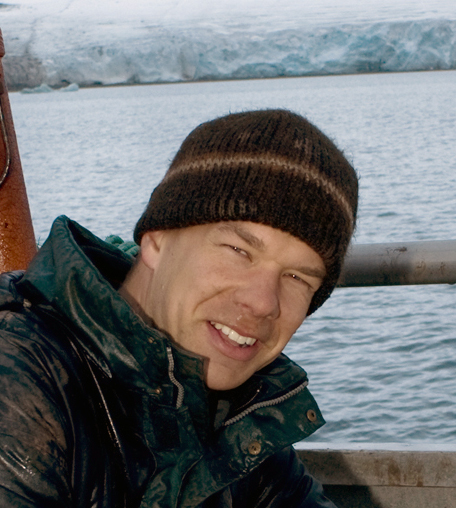
Drew doesn’t put much value on consistency. He’s got an Sc.B. in Chemistry (Brown University), a Ph.D. in Marine Sciences (University of North Carolina at Chapel Hill), and spent 5 years getting paid to do science in Microbiology departments (Aarhus University, Denmark, and the University of Tennessee - Knoxville). Now he’s an Assistant Professor of Earth and Planetary Sciences at the University of Tennessee - Knoxville. His academic work is about the processes by which complex organic matter get oxidized in aquatic environments. He likes hoppy IPAs, harassing graduate students about the value of reproducible research, and saying “y’all”, smug in the knowledge that it is less ambiguous than any other second-person plural prounoun in English.
Martin Storey¶
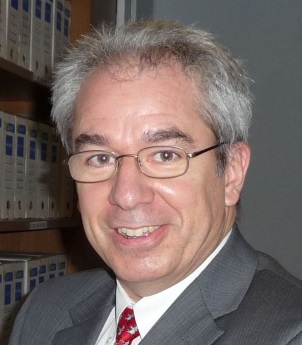
Martin Storey’s serendipitous life has brought him experience in well data acquisition in the field, data exploitation in the office, and data management in basement, attics, and dark corners of company networks around the world. He grew up in France, obtained a BSc (Math. & Comp. Science, 1985) from Stanford University and an MSc (Electrical Engineering, 1987) from the California Institute of Technology. After working internationally for an oil services company as a logging engineer and for a super major as a petrophysicist, he became an independent consultant and trainer in 1998 and founded Well Data QA in 2012. He is an advocate for data quality and good practices also through his active membership of SPE, SPWLA, and PPDM.
John Thurmond¶
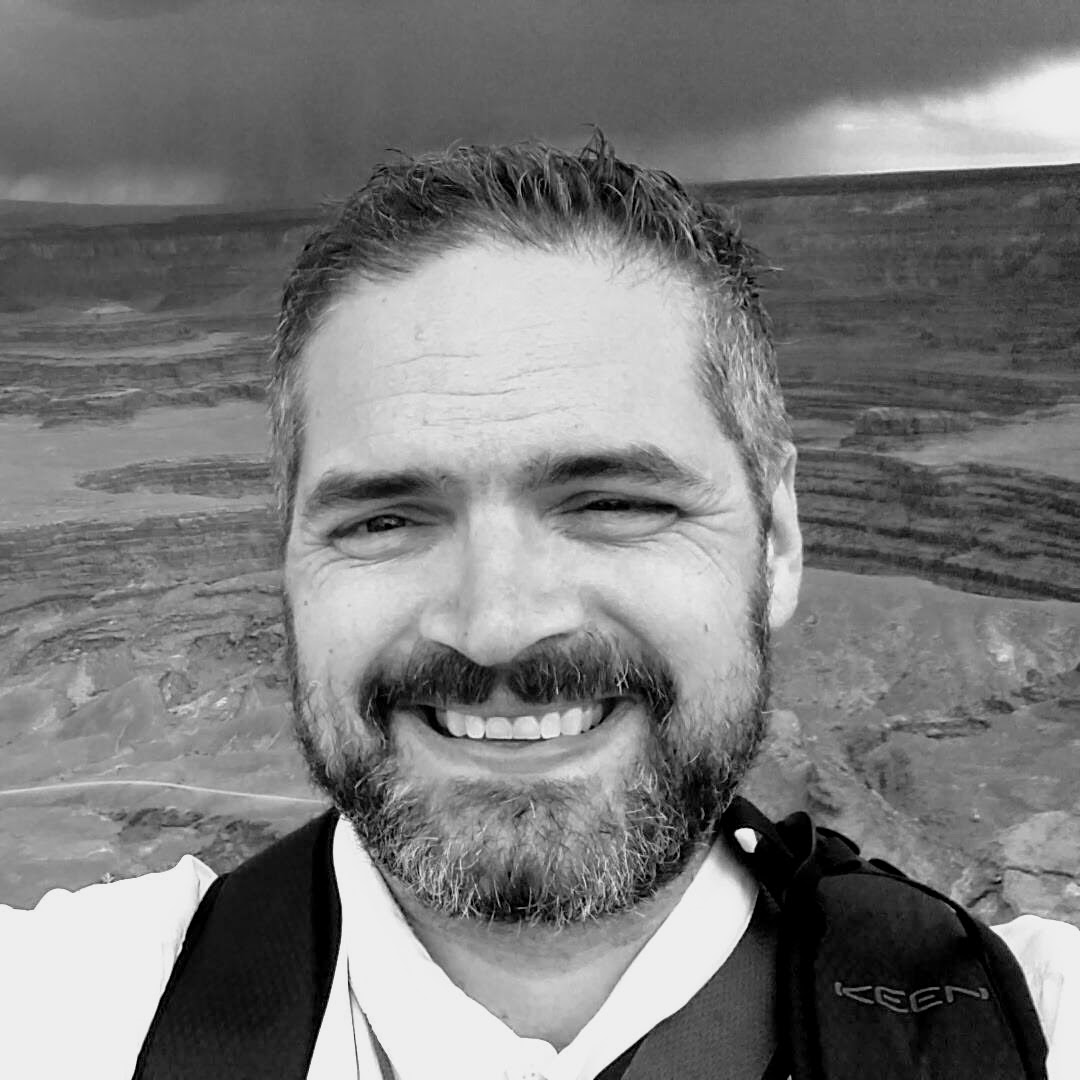
John is a research geoscientist that has been working in the oil industry since he was 19 years old. He holds a B.Sc. summa cum laude and a Ph.D. in the Geosciences from the University of Texas at Dallas. He pioneered the use of 3D outcrop capture techniques before going on to work in various roles in production and exploration, ultimately ending up as an exploration manager before realizing that the further you go up the chain, the less fun you can have by working with real problems. He has too many hobbies to rationally keep up with, including 3D printing, antenna design, and developing absurd gadgetry, but that doesn’t stop him from finding new ones on a regular basis.
Florian Wellmann¶
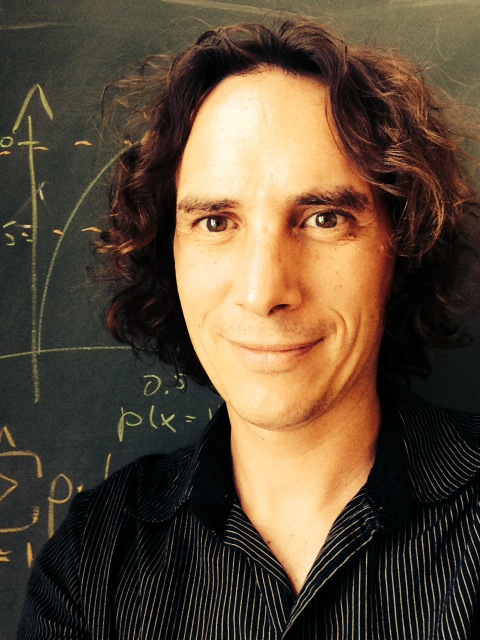
Florian is interested in all aspects of complexity, information and uncertainty about the subsurface. He has a background in Geology and Geophysics, with a high level of curiosity in programming and statistics, and he has experience in both geological interpolations and geostatistics, as well as HPC process simulations of fluid flow and heat transport. Currently, he has a position as Junior-Professor in “Numerical Reservoir Engineering” at RWTH Aachen University, Germany.
